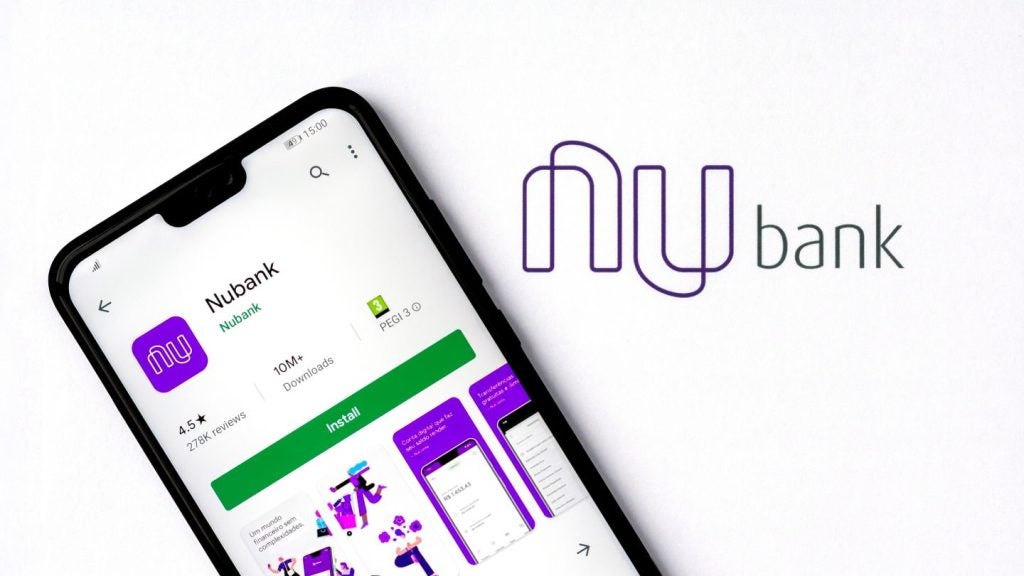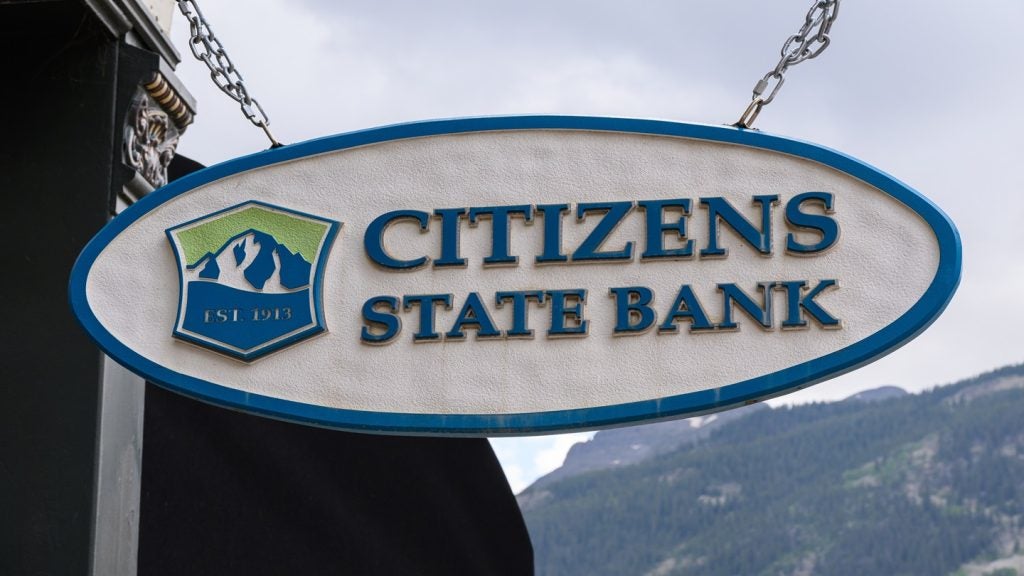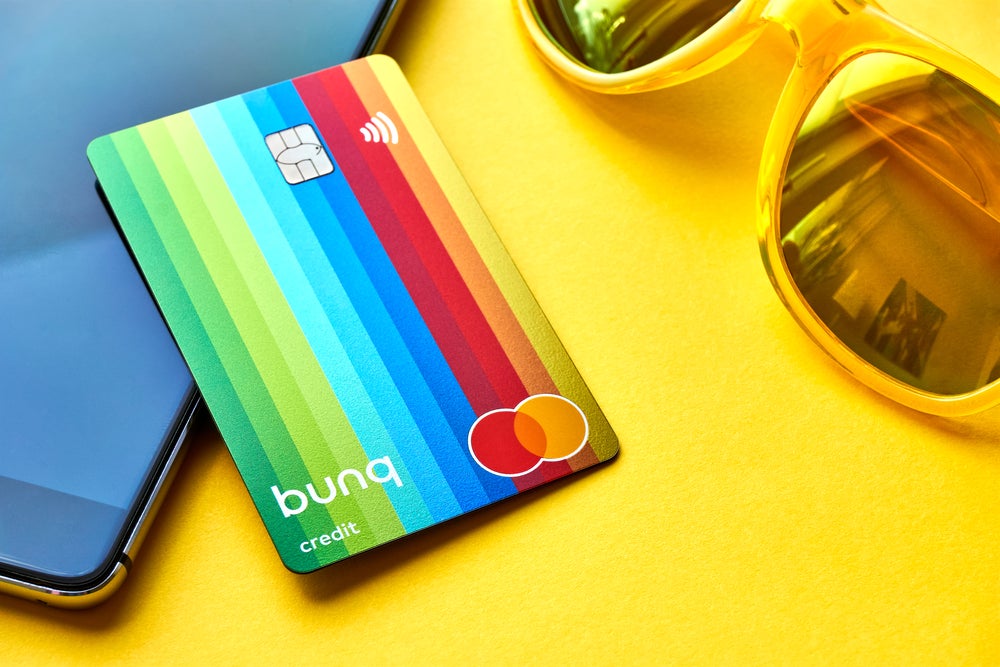2008 – and 2009 looks like being the ‘year of the mobile’. For the
majority of banks the primary business case for mobile banking is
not channel substitution but channel extension and customer
service, though there are clear savings to be
made.
This year, 2008, has been the year when m-banking cemented itself
as a mainstream distribution and service banking channel. M-banking
has received a huge boost from developments in handset designs,
mobile software and channel integration technology.
Indeed, m-banking went from being an additional channel in its
own right to becoming a standardised subset of direct banking. It
took on all of the functionality of online banking – but simply
reconfigured to fit a mobile handset.
The domains suffixed with .mobi, for instance, used in the US by
the likes of Bank of America and Wells Fargo, have helped transform
the modern range of handsets into portable personal computers. For
banks, the opportunities to cut costs and migrate customers onto
direct channels has stepped up a gear.
For the majority of banks, the primary business case for mobile
banking is not channel substitution but channel extension and
increased customer service – at the most basic level this is about
making banking services available wherever and whenever the
customer needs them – though there are clear savings to be
made.
The primary channel banks are hoping to migrate usage from is
the call centre, though branch traffic should also be reduced.
Estimates put the cost of a typical bank call centre transaction in
the US at between $5 and $15.
Over half of these calls, up to two-thirds by some estimates,
are for balance checking; and these enquiries can be handled much
more efficiently through mobile banking.

US Tariffs are shifting - will you react or anticipate?
Don’t let policy changes catch you off guard. Stay proactive with real-time data and expert analysis.
By GlobalDataEstimates by Retail Banker International put the cost of using
the mobile channel at between $0.10 to $0.50.
Moreover, a significant percentage of calls to the call centre
are made from mobile phones – in the US this is estimated to be
around 40 percent. Celent projects that by 2010, over 70 percent of
bank call centre volume will come from mobile phones, and half of
those calls will be basic balance enquiries. HSBC’s UK subsidiary
First Direct says that 60 percent of calls to its own call centres
are from mobile phones.
While the potential cost savings are high they may not be as
high as is supposed – for the simple reason that most basic queries
and transactions are already handled by automated IVR technology.
Crone Consulting says that 40-75 percent of bank call centre calls
in the US are handled by IVR, depending on the bank and business
division.
However, by migrating these enquiries to mobile banking, banks
can still realise significant savings on telecommunications costs.
Crone Consulting has stated that its banking clients are “making
excellent progress” towards a goal of reducing call centre usage by
20 to 40 percent through m-banking.








